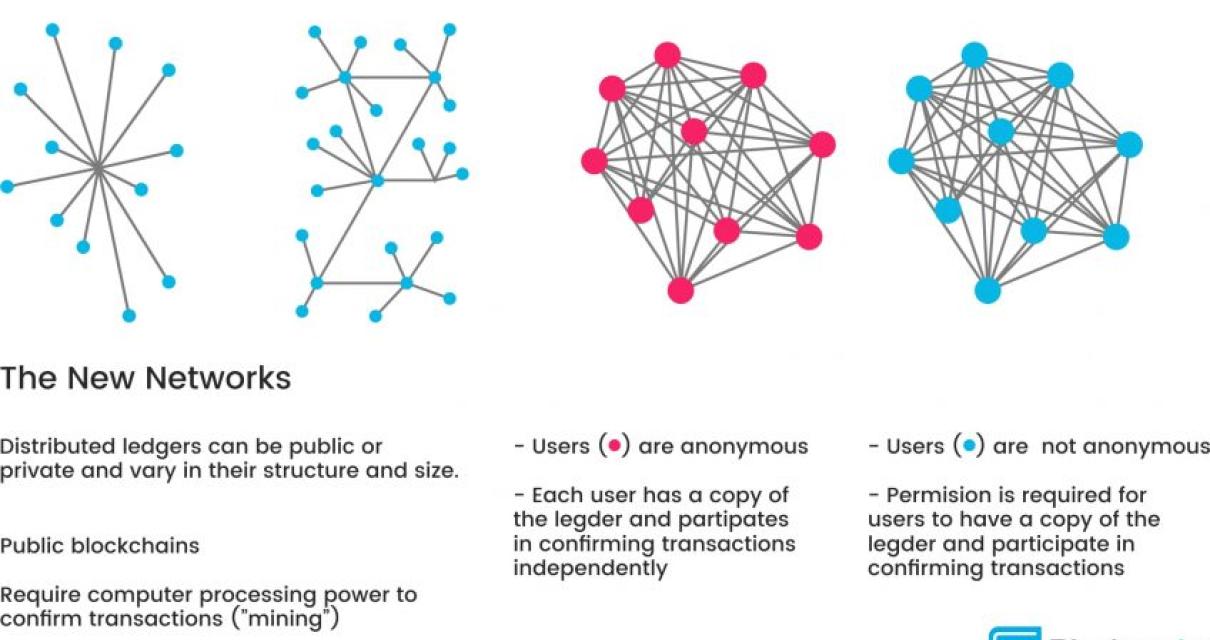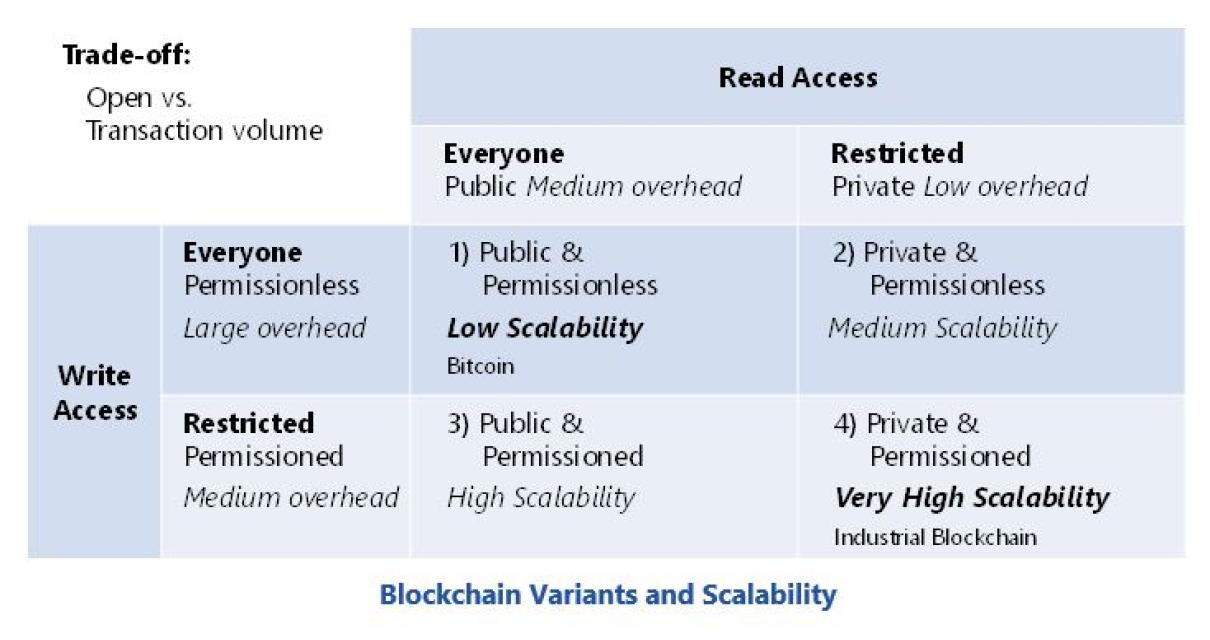A permissioned blockchain is a type of distributed ledger technology that allows only pre-approved users to access the network.
A permissioned blockchain is a type of distributed ledger technology that allows only pre-approved users to access the network.
How a permissioned blockchain works
A permissioned blockchain is a blockchain that is controlled by a specific group of people. This group of people can be called the “permissioned party,” and they are the ones who grant permission to other people to use the blockchain.
When someone wants to use a permissioned blockchain, they must first get permission from the permissioned party. The permissioned party can grant permission to use the blockchain for a variety of reasons, including:
To create a new asset or transaction on the blockchain
To access specific features or functions of the blockchain
To verify or audit the transactions on the blockchain
Once someone has been granted permission to use the blockchain, they are able to create new assets or transactions on the blockchain. This process is similar to how a normal blockchain works, but with one important difference: The permissions that the permissioned party grants are limited to the specific group of people that the permissioned party has authorized.
The benefits of a permissioned blockchain
A permissioned blockchain is a blockchain where a limited number of entities are allowed to access the network and make changes. This type of blockchain is often used in regulated industries, such as finance, healthcare, and supply chain.
The benefits of a permissioned blockchain include:
• Increased security. A permissioned blockchain is more secure than a public blockchain because only a limited number of entities are allowed to access the network. This reduces the risk of hacking or other attacks.
• Reduced complexity. A permissioned blockchain is simpler than a public blockchain because only a limited number of entities are allowed to participate. This reduces the need for complex rules and regulations.
• Increased efficiency. A permissioned blockchain can be more efficient than a public blockchain because only a limited number of entities are allowed to participate. This reduces the need for lengthy and time-consuming verification processes.

The difference between a permissioned and permissionless blockchain
A permissioned blockchain is one where the nodes are known and trusted by the organization that is running it. This means that the nodes have been authorized by the organization to access the blockchain and to process transactions. A permissionless blockchain, on the other hand, is one where the nodes are not known or trusted by the organization running it. This means that anyone can join the network and start processing transactions.

Why a permissioned blockchain is needed
It is important to note that a permissioned blockchain is not necessary for a successful project. Many successful blockchain projects do not use a permissioned blockchain. However, the benefits of using a permissioned blockchain are significant.
One of the key benefits of using a permissioned blockchain is that it allows the project to have a centralized authority. This is important because it allows the project to maintain control over its data and transactions. It is also important because it allows the project to protect its users from malicious actors.
Another key benefit of using a permissioned blockchain is that it allows the project to scale. This is because a permissioned blockchain can be scaled by adding more servers. This is important because it allows the project to handle more transactions.
Overall, a permissioned blockchain is a valuable tool for projects because it allows them to maintain control over their data and transactions, scale their project, and protect their users from malicious actors.
Use cases for a permissioned blockchain
A permissioned blockchain could be used in a company to track the ownership of assets. It could also be used to track the history of documents.

How to develop a permissioned blockchain
There are a few ways to go about developing a permissioned blockchain. One way is to use a technology like Hyperledger Fabric. Fabric allows for the creation of private chains, which allows for more control over who can access the data. Another way is to use a technology like Ethereum. Ethereum allows for the creation of smart contracts and provides a platform for developers to build decentralized applications.
The future of permissioned blockchains
The future of permissioned blockchains looks bright. They provide a secure, tamper-proof way for businesses to conduct transactions, and they can help companies streamline their operations.
Some of the biggest companies in the world are already using permissioned blockchains, and the list is growing every day. This includes companies such as IBM, Microsoft, and Walmart.
Permissioned blockchains are already being used in a variety of applications, including finance, healthcare, and supply chain management. In the future, they will likely become even more popular, as they offer a safer, more efficient way to do business.
Why permissioned blockchains are critical for enterprise
A permissioned blockchain is a type of blockchain that is controlled by a specific group of participants known as a consortium. This type of blockchain is critical for enterprises because it allows them to retain control over their data while also allowing them to maintain a central point of access to the blockchain. This allows enterprises to securely store and share data with a select group of trusted partners, while also maintaining the security and integrity of the data.
How to ensure data security on a permissioned blockchain
There are a few ways to ensure data security when using a permissioned blockchain. One way is to use a permissioned blockchain platform that offers data security features, such as IBM’s blockchain platform. Another way is to use a blockchain platform that has built-in data security features, such as the Ethereum platform.